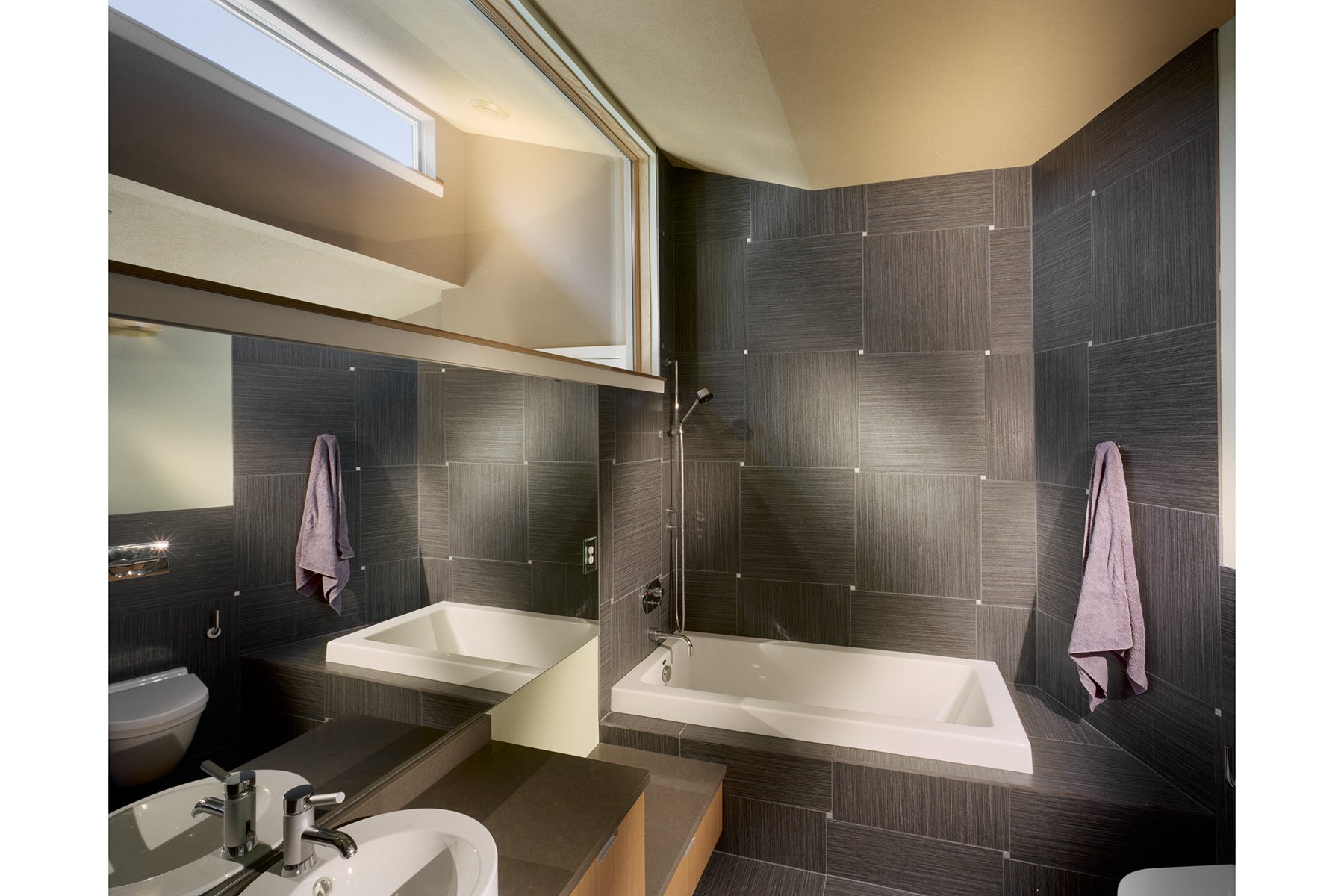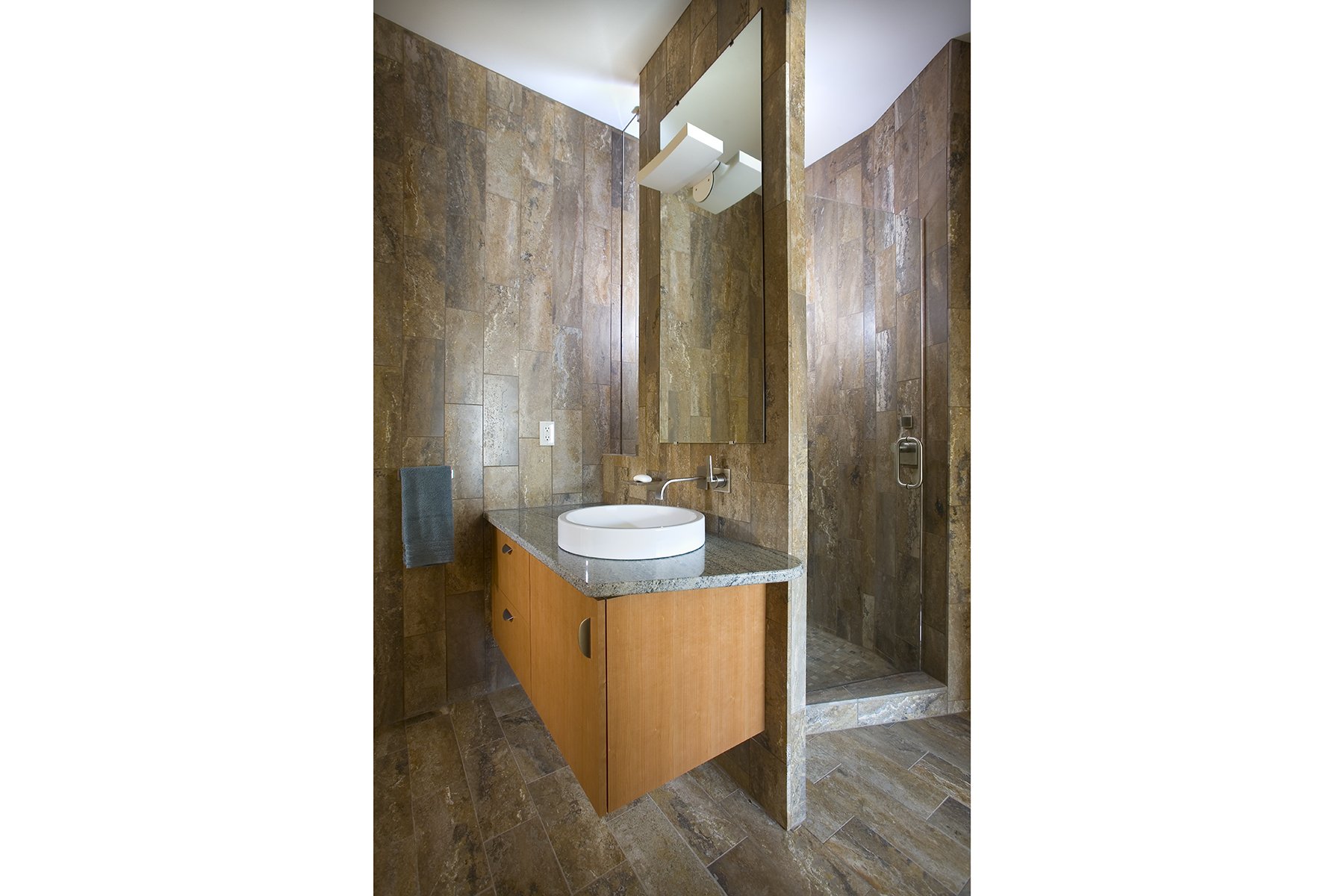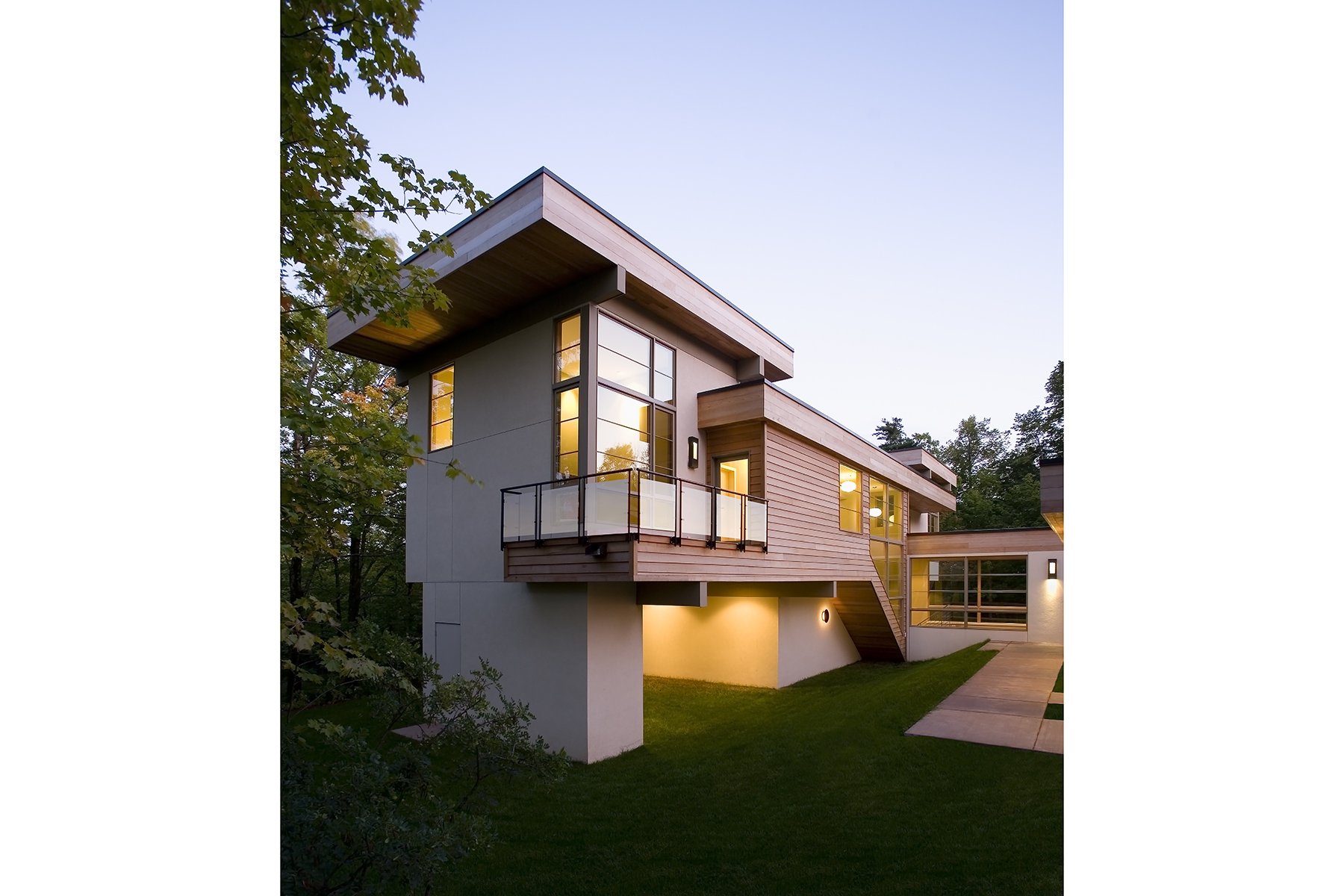A Reflection on Light
The founder of CF Design and LUMstudio in downtown Duluth on elevating the consideration of light in the residential design process
By Cheryl Fosdick, Assoc. AIA | February 15, 2024
The iconic PH5 pendant lamp, designed by Poul Henningsen for Louis Poulsen. Photo by John Hawthorne.
IN PROCESS
“Every moment of light and dark is a miracle,” wrote American poet Walt Whitman. In architecture, the performance of light—natural and occasionally produced—invites movement and circulation around a site, calls attention to views, and creates unique sensory conditions and circumstances. Light defines changes in scale, density, and texture and emphasizes detail. In combination with the absence of light, light differentiates the close at hand from the far afield, accentuates and conceals form and material, and distinguishes the changing seasons.
Images 1–5: Early morning light echoing off a calm Lake Superior; an interior palisade of wood under constellations of light; carving out hidden space with light; reflection and borrowed light; shelter, passage, and wayfinding—contrast of spatial and surface light. All projects by CF Design. All photos by Andrea Rugg Photography.
Architects and designers understand that form is brought to life by light and shadow, yet the transformative capacity of light can still be undervalued in the design process. In residential projects, for example, daylighting strategies or lighting choices might focus more on energy savings than experiential quality; seas of filament-bright pendant fixtures displayed at forehead height in lighting stores and big-box aisles can overwhelm more than inspire; quality light fixtures are often substituted or omitted for cost savings late in a project without a full weighing of their value.
Interestingly, many of the places where much of the world’s finest lighting is designed—including Denmark, Italy, Australia, and Spain—are defined by coastlines and engage the sea. Perhaps these places inspire a higher collective awareness of light. In Denmark, for example, four- and five-year-olds know the iconic PH5 pendant (shown at the top of the page) as the light that taught the world about reflection and color transference.
Photo by Bryan Hansel Photography.
In Duluth, on the shore of the Great Inland Sea, there is clarity of form demonstrated by the seemingly infinite planes of cold, still water and blue sky; the graded diffusion of sea smoke and fog in moonlight; the spectrum of color reflected before sunrise on water under broken clouds; the linear shimmer on a wave’s edge at dusk; the concentric circles of light around only the brightest stars and planets on a warm and humid night, lakeside.
CF Design’s Cheryl Fosdick, Assoc. AIA.
Our encounters with light in the natural world offer possibilities for design. Observant clients and designers can aspire to those potent performances of reflection, refraction, and diffusion in built work.
CF Design is a residential architecture firm. LUMstudio, a storefront gallery showcasing the craft, creativity, and quality of the finest international lighting manufacturers, is attached to the CF Design studio.
In Process highlights an important step or consideration in the design process.










